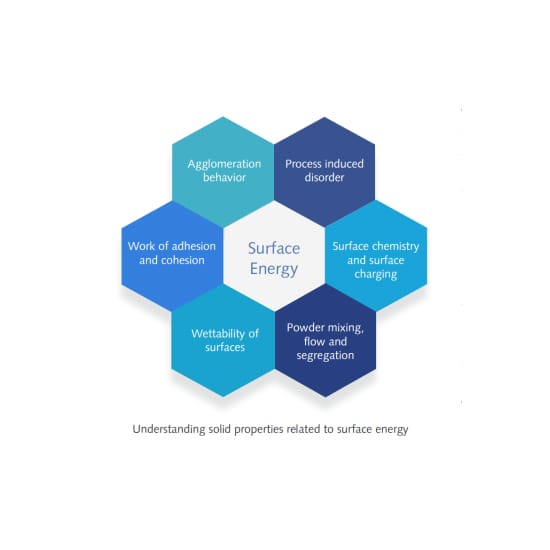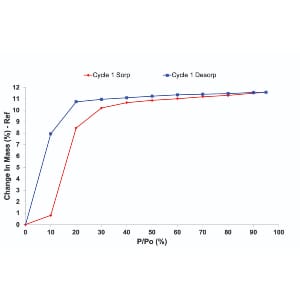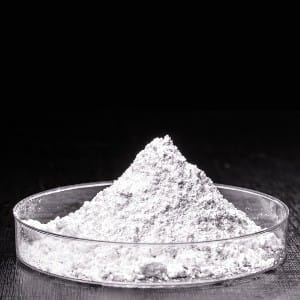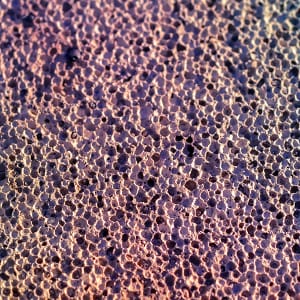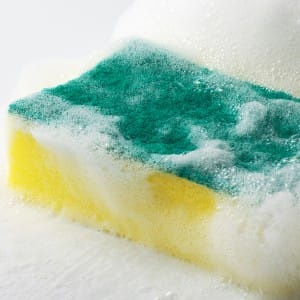
Challenges on specific surface area analysis of cellulosic materials
Watch now
The interaction of a solid with its surroundings is through the available surface area for adsorption of gas or vapour molecules. This also allows probing of materials surface including irregularities and pores. One of the most successful methods is based on the BET method for gas adsorption onto a solid surface. The adsorption method of Brunauer, Emmett and Teller (BET) is based on the physical adsorption of a vapour or gas onto the surface of a solid. Traditionally, sorption studies were carried out at low temperatures to obtain nitrogen isotherms at 77 K, which were then used to calculate BET surface areas. Considering that material behavior varies with temperature, measurements at ambient temperatures may be more relevant and also allow the use of various gases and vapours.
The present study is devoted to a critical investigation of the specific surface area analysis of cellulosic materials, such as freeze-dried bacterial cellulose, cellulose nano-paper and crystalline cellulose powder by gas and vapour adsorption using dynamic vapour sorption (DVS) technique, volumetric technique and inverse Gas Chromatographic (iGC) technique and the favourable case of cellulosic materials is emphasized. Inorganic materials including the specific surface area standard materials can be successfully measured with these techniques, however, the applicability of these techniques on organic materials has to be appraised.
Dr. Anett Kondor
iGC Product Manager
Surface Measurement Systems
